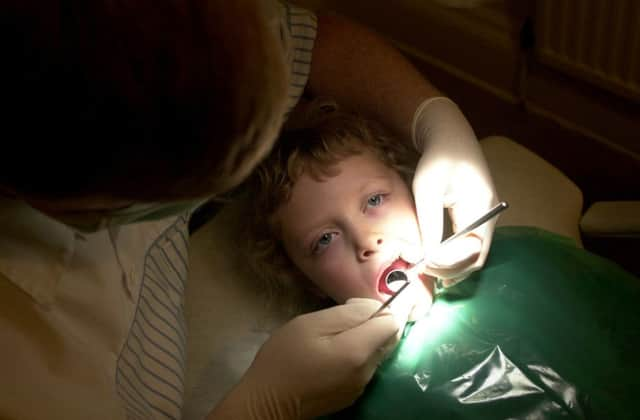Child dental registration rates above 90% in all areas


The percentage of youngsters signed up with a dental surgery now stands at about 91% to 92% across all areas, figures show.
This contrasts with previous years when lower rates were reported in more deprived areas.
Advertisement
Hide AdAdvertisement
Hide AdIn September 2000, for example, 52% of children living in the most-deprived areas were registered with an NHS dentist compared with 70% for the better-off areas.
Nevertheless, children and adults from the most-deprived areas remain less likely to have actually seen their dentist within the last two years than those from the least deprived areas (81% compared to 90% of children and 64% compared to 75% of adults).
The data is contained in official statistics published on Tuesday by ISD Scotland.
The report concludes: “There are no longer any significant differences in registration rates between children living in the most and least deprived areas.”
When it comes to adults, people living in deprived areas are more likely to be registered with an NHS dentist compared to those in the least deprived parts, figures show.
This may be due to the availability of free NHS dental treatment for adults who receive certain benefits.
Overall, 4.9 million people, or 92% of the Scottish population, are registered with an NHS dentist.
Of that total, 3.5 million (72%) were seen by an NHS dentist in the two-year period up to the end of September last year.
Advertisement
Hide AdAdvertisement
Hide AdThis is a 38% increase from the 2.6 million who did so a decade previously.
The percentage of patients who saw a dentist within the last two years has shown a “steady decline” from about 99% between September 2006 and March 2008, to 84% in September 2010 and now 72% in September 2016.
Statisticians explained: “Although general registration numbers are increasing, the participation rate is falling.
“This is because although the number of patients registered with an NHS dentist has increased since March 2007, not all of these patients were seen by a dentist within the previous two years.”